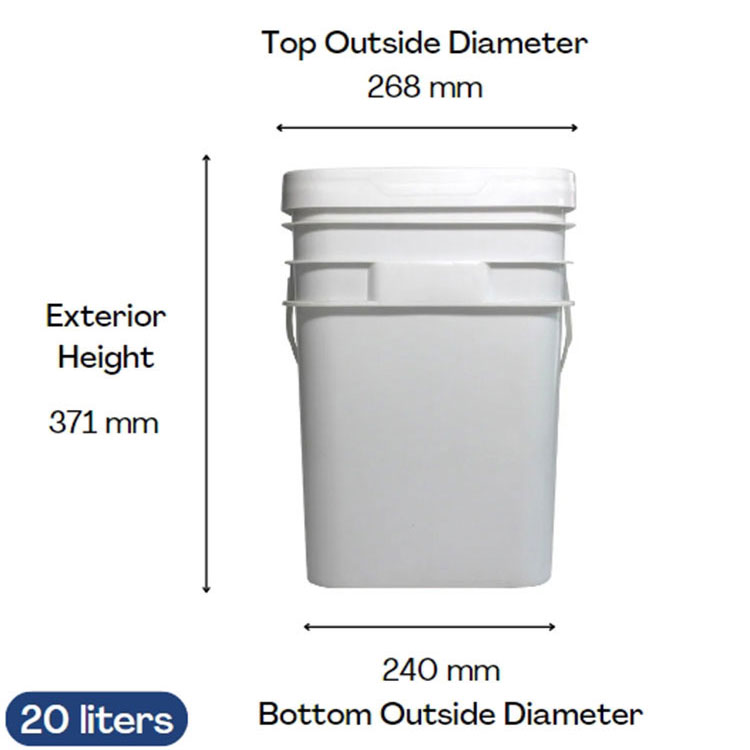Injection Moulding – Shaping the Future of Modern Manufacturing
2025-06-12
In today’s fast-paced, innovation-driven world, the demand for precise, high-quality plastic components is greater than ever. Whether it’s a smartphone casing, a medical syringe, a car dashboard, or a children’s toy, there's a high chance it was made using injection moulding. This versatile and widely used manufacturing process has transformed how we produce plastic parts on both small and massive scales.

What Is Injection Moulding?
Injection moulding is a manufacturing process used to produce parts by injecting molten material—typically plastic—into a specially designed mould. Once cooled, the material solidifies into the final shape. The process is fast, repeatable, and ideal for high-volume production with precise detail and complex geometries.
It’s the go-to method for industries ranging from automotive and electronics to medical devices and household goods.
How Does Injection Moulding Work?
The injection moulding process involves several key steps:
1. Material Feeding
Plastic granules (usually thermoplastics) are fed into a heated barrel.
2. Melting and Injection
The plastic is melted and injected into a mould cavity using a screw or plunger under high pressure.
3. Cooling
The molten plastic cools and solidifies inside the mould, taking on its shape.
4. Ejection
Once solid, the mould opens and the finished part is ejected, ready for trimming or assembly.
Key Benefits of Injection Moulding
High Efficiency
Ideal for mass production—thousands of identical parts can be produced in short cycles.
Precision and Consistency
Complex and detailed shapes can be produced with tight tolerances.
Material Versatility
Supports a wide range of thermoplastics, including reinforced or colored compounds.
Minimal Waste
Scrap can often be recycled and reused, making it environmentally and economically beneficial.
Automation-Friendly
Many steps can be automated, reducing labor costs and increasing production speed.
Common Applications of Injection Moulding
Automotive Parts: Dashboards, bumpers, clips, and interior trims.
Consumer Electronics: Casings for phones, computers, and remotes.
Medical Devices: Syringes, test tubes, housings for instruments.
Packaging: Bottle caps, containers, and closures.
Toys and Household Items: LEGO bricks, kitchen tools, plastic chairs.
Materials Commonly Used
ABS (Acrylonitrile Butadiene Styrene) – Strong and impact-resistant.
Polypropylene (PP) – Flexible, durable, and resistant to chemicals.
Polyethylene (PE) – Common for packaging and containers.
Polystyrene (PS) – Used in disposable cutlery and packaging.
Nylon (PA) – Excellent mechanical properties and wear resistance.
Challenges and Considerations
Tooling Cost: Initial investment for mould design and fabrication is high.
Design Complexity: Proper part design is critical to avoid defects like warping or sink marks.
Cycle Time: Though fast, each part requires precise temperature and pressure control to ensure quality.
Final Thoughts
Injection moulding continues to be the backbone of modern manufacturing thanks to its efficiency, precision, and scalability. As technology evolves—with advancements in automation, sustainable materials, and rapid prototyping—the potential of injection moulding grows even further. Whether you’re a manufacturer looking to optimize production or a designer developing the next great product, injection moulding offers the tools to shape your vision into reality.


